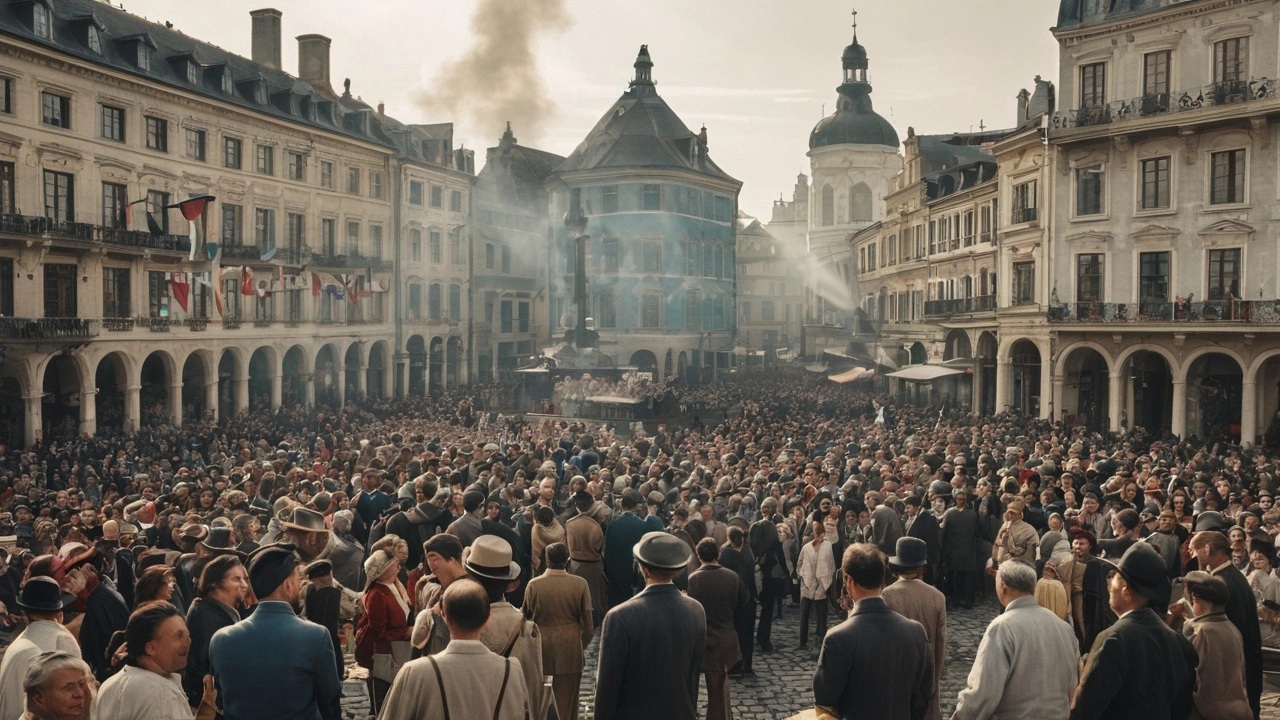Historical Movements in Art & Architecture
What links a Roman aqueduct, a Gothic spire, and a bright Art Nouveau façade? They’re all products of historical movements that set rules, tastes, and ways of building. This tag pulls those movements together so you can spot them faster, understand what they mean, and use their ideas in design, travel, or restoration.
Spotting styles quickly
Don’t memorize every date—learn the visual shortcut. Ancient Roman buildings use rounded arches, vaults, and early concrete. Byzantine sites favor domes and gold mosaics. Romanesque is chunky stone and rounded arches; Gothic and Gothic Revival show pointed arches, ribbed vaults, and tall windows with stained glass. Renaissance brings balance, symmetry, and classical columns. Baroque turns up the drama with curves, heavy ornament, and bold light contrasts. Beaux-Arts piles on grand classical details for public buildings.
Greek Revival looks like ancient temples—strong columns and pediments. Colonial styles are simpler and symmetrical; Dutch Colonial often has a gambrel roof. American Craftsman highlights hand-made woodwork, exposed beams, and built-in details. Art Nouveau uses flowing lines and nature-inspired shapes; Rococo goes even more playful and decorative inside homes. Postmodernism mixes history and irony—bright color, odd shapes, and references you don’t expect. Expressionist architecture focuses on emotion with sculptural forms. Outside architecture, movements like minimalism and functionalism shape design thinking and tech interfaces—think clean lines, useful parts, and fewer distractions. Revivalism brings older styles back into fashion, sometimes mixing them with modern materials.
Practical uses and quick tips
Travel tip: pick one visual clue to look for—arches, columns, domes, or ornament—and use it to identify the era on the spot. For renovation: match proportions and materials before adding new features; a modern window in a Beaux-Arts façade needs careful framing to look right. Want to mix styles at home? Pick one dominant style and add small accents from another—save big moves for professionals.
Preservation matters: older buildings often hide original details under later changes. If you care about authenticity, check foundation, masonry, joinery, and old photos. For designers, historical movements are a ready toolbox: use a column type, a window shape, or a decorative motif to nod to the past without copying it exactly.
If you want examples and deeper reads, the articles tagged here walk through specific movements—Ancient Rome, Byzantine, Gothic Revival, Renaissance, Beaux-Arts, Art Nouveau, Postmodernism, and more. Read a short guide, learn key features, and get tips for spotting or applying each style in real life. Pick one article and start with the visuals; your eye will sharpen fast.

Unleashing the Power and Potential of Revivalism for Cultural Growth
Revivalism represents an impactful phenomenon in history that has stirred cultural, social, and even political landscapes. This article explores the essence of revivalism, its impressive power, and potential in shaping societies. From past movements to their contemporary relevance, discover how revivals rekindle spirits and inspire change in today's world.
Read more